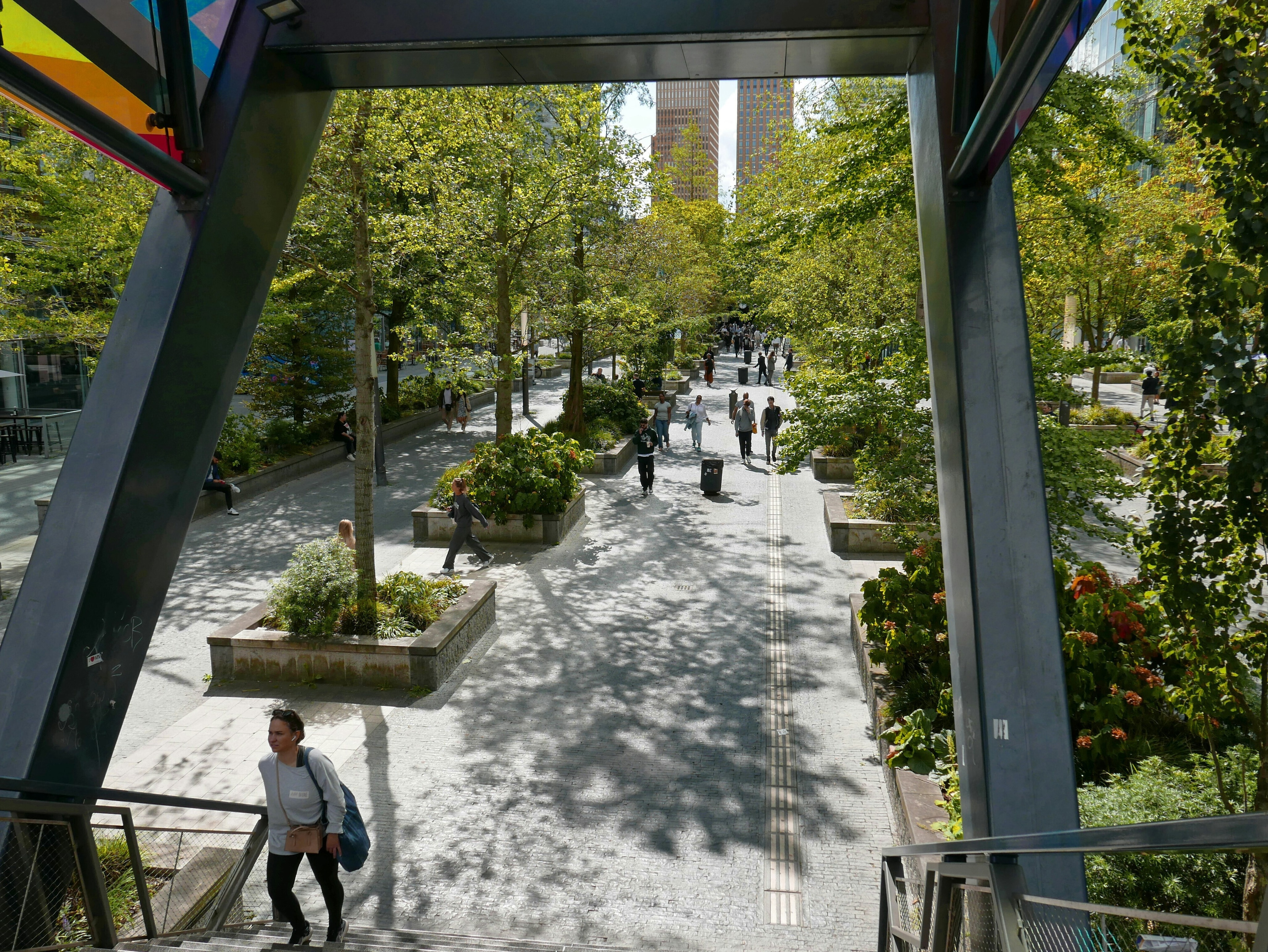How deforestation in the Amazon is pushing it to the Point Of No Return

If deforestation in the Amazon goes beyond 20 per cent of its original spread, it will have reached the “point of no return”.
Image: REUTERS/Paulo Whitaker
Stay up to date:
Latin America
The point of no return
The world’s forests are shrinking. For years, they’ve withstood a multitude of human impacts. But according to a new study published in the journal Science Advances, they may be reaching a crisis point. If deforestation in the Amazon goes beyond 20 per cent of its original spread, the 'lungs of the Earth' will have reached the “point of no return”.
In the study, Thomas Lovejoy and Carlos Nobre set out to concretely establish that tipping point, as well as concretely identify what must take place for it to be reached. Essentially, they wanted to know how far deforestation could progress before the rainforest’s water cycle would cease to support the ecosystems within it.
Impact of deforestation in the Amazon
“If the climate changes – by deforestation or global warming – there’s a risk that more than 50% of the Amazon forest becomes a degraded savannah,” Nobre told Euronews, emphasizing that in the last 50 years, deforestation in the Amazon has made its way to about 17 per cent of the area's vegetation.
By their estimates, it would take just an additional three percent to render the rainforest unsalvagable.
While deforestation in the Amazon poses an imminent and severe risk to the rainforest itself, it is not the only threat to these ecosystems. Climate change and the use of fire also play a major role in this region’s ongoing ruin. In addition to its potentially decimating what’s left of the rainforest (and the wildlife that inhabit it), the degradation of the water cycle would also have a severe impact on South America’s human population.
Despite this grim prediction, we have not yet reached the point where there is no turning back. With speedy deforestation in the Amazon, the rainforest may be close to the point of no return, but it has not yet passed it. The right kind of human intervention could help steer the forest away from imminent doom — but in light of the destruction that’s already been done, and the speed of its continuation, putting a stop to it won’t be easy.
Don't miss any update on this topic
Create a free account and access your personalized content collection with our latest publications and analyses.
License and Republishing
World Economic Forum articles may be republished in accordance with the Creative Commons Attribution-NonCommercial-NoDerivatives 4.0 International Public License, and in accordance with our Terms of Use.
The views expressed in this article are those of the author alone and not the World Economic Forum.
Related topics:
Forum Stories newsletter
Bringing you weekly curated insights and analysis on the global issues that matter.
More on Climate ActionSee all
Tom Crowfoot
April 25, 2025
Luis Antonio Ramirez Garcia
April 24, 2025
Christian O. Deseglise and Louis Downing
April 24, 2025
Sarah Franklin and Lindsey Prowse
April 22, 2025
Jeff Merritt
April 22, 2025







